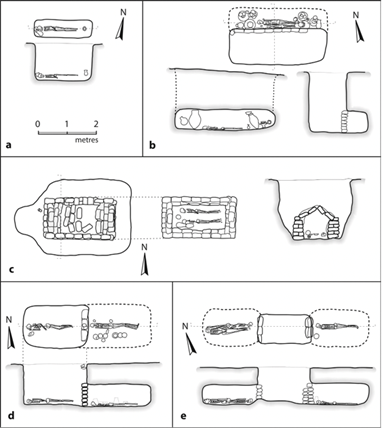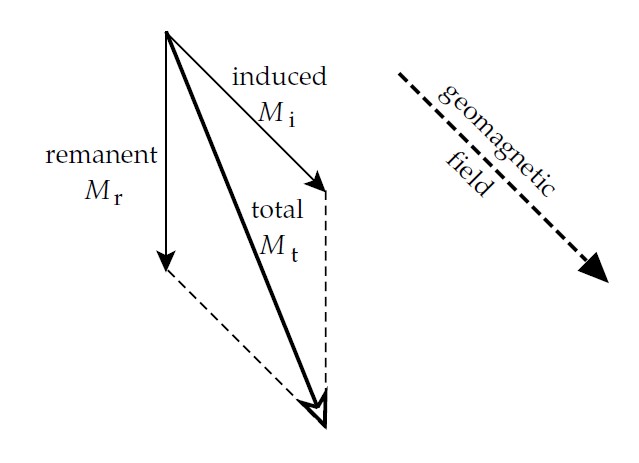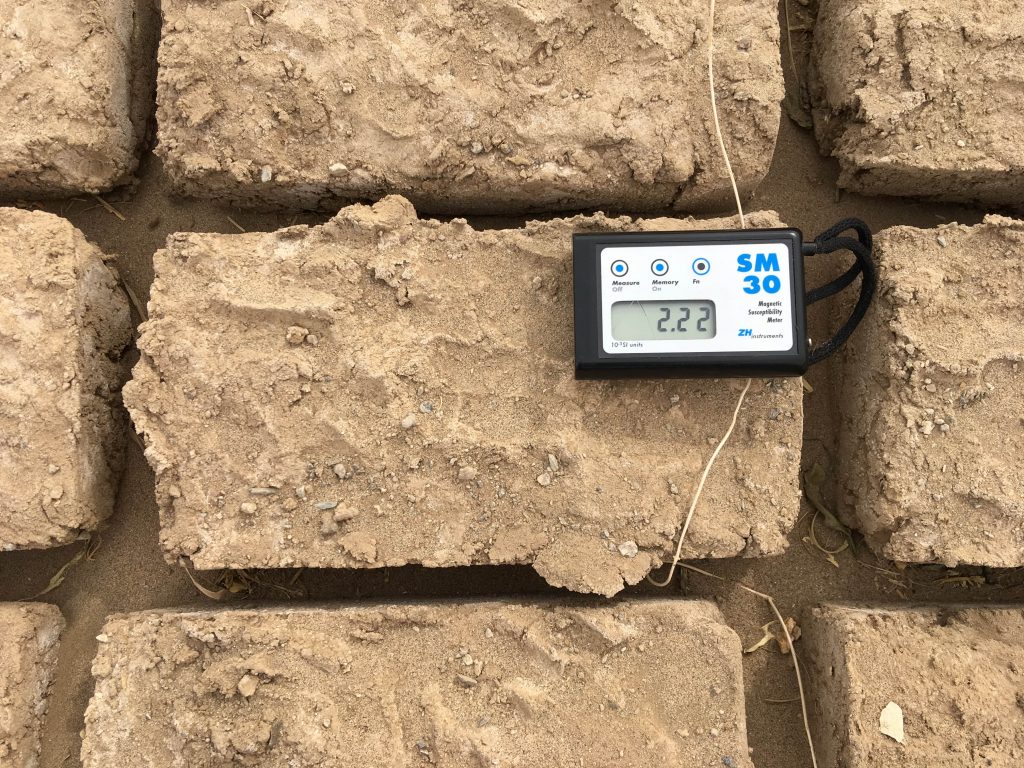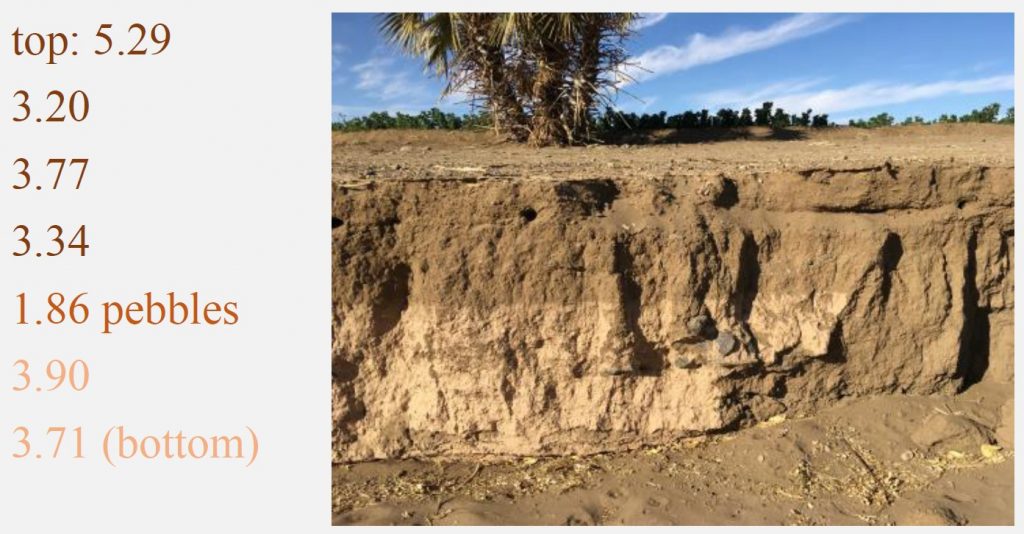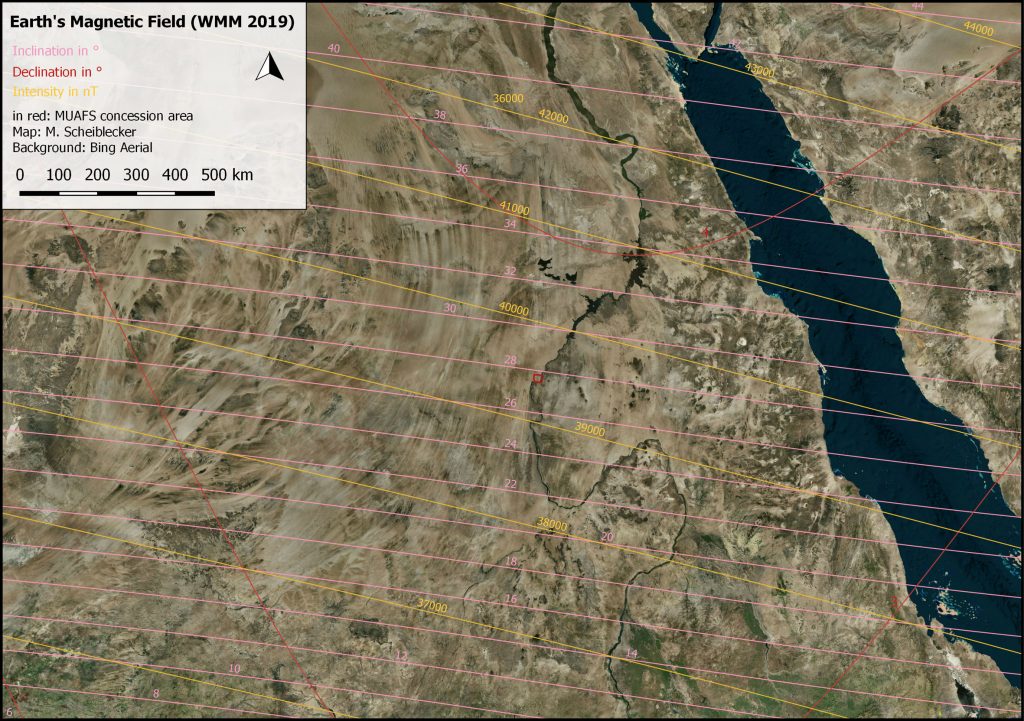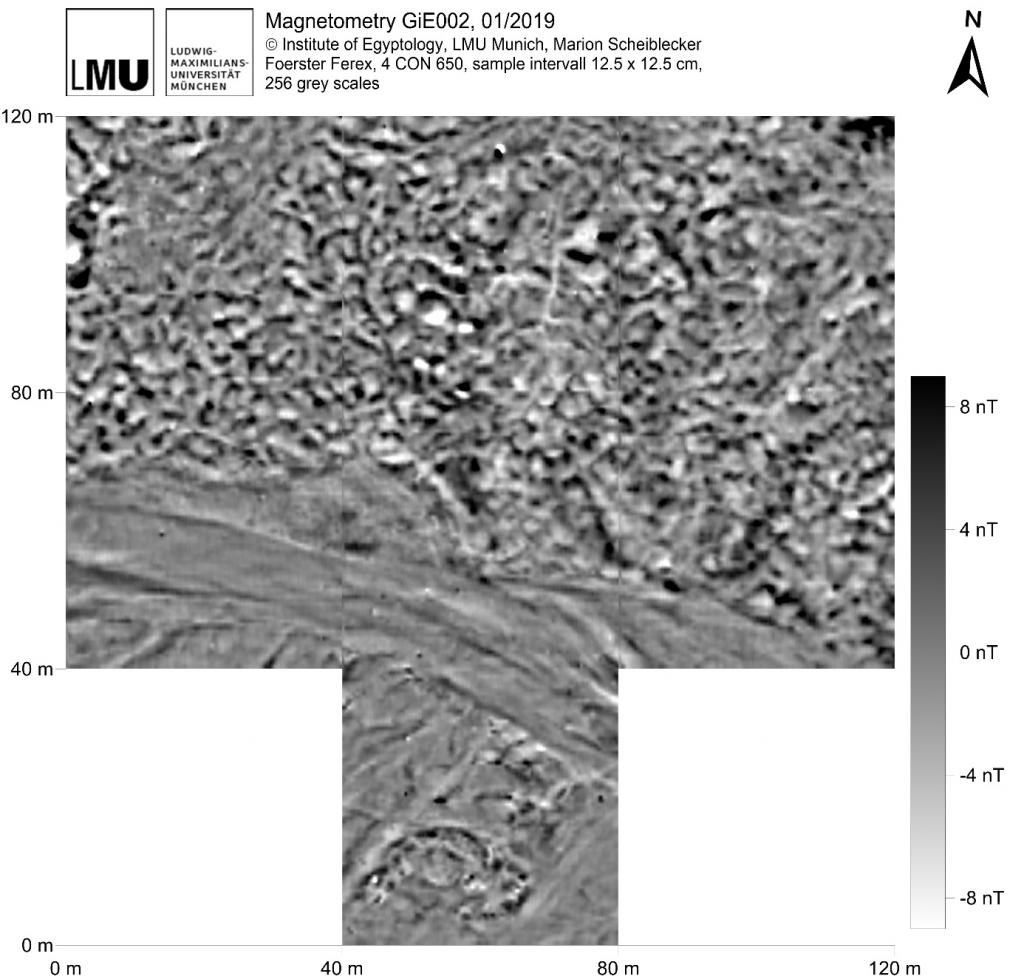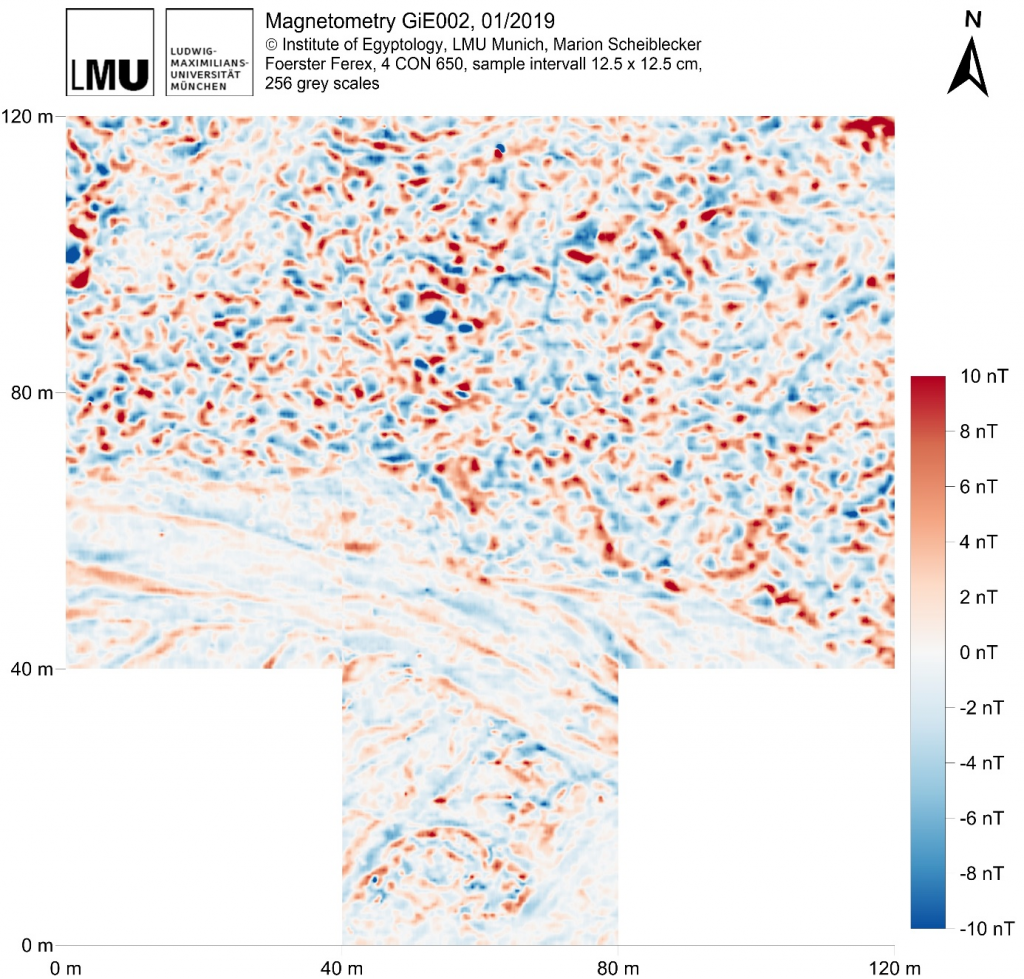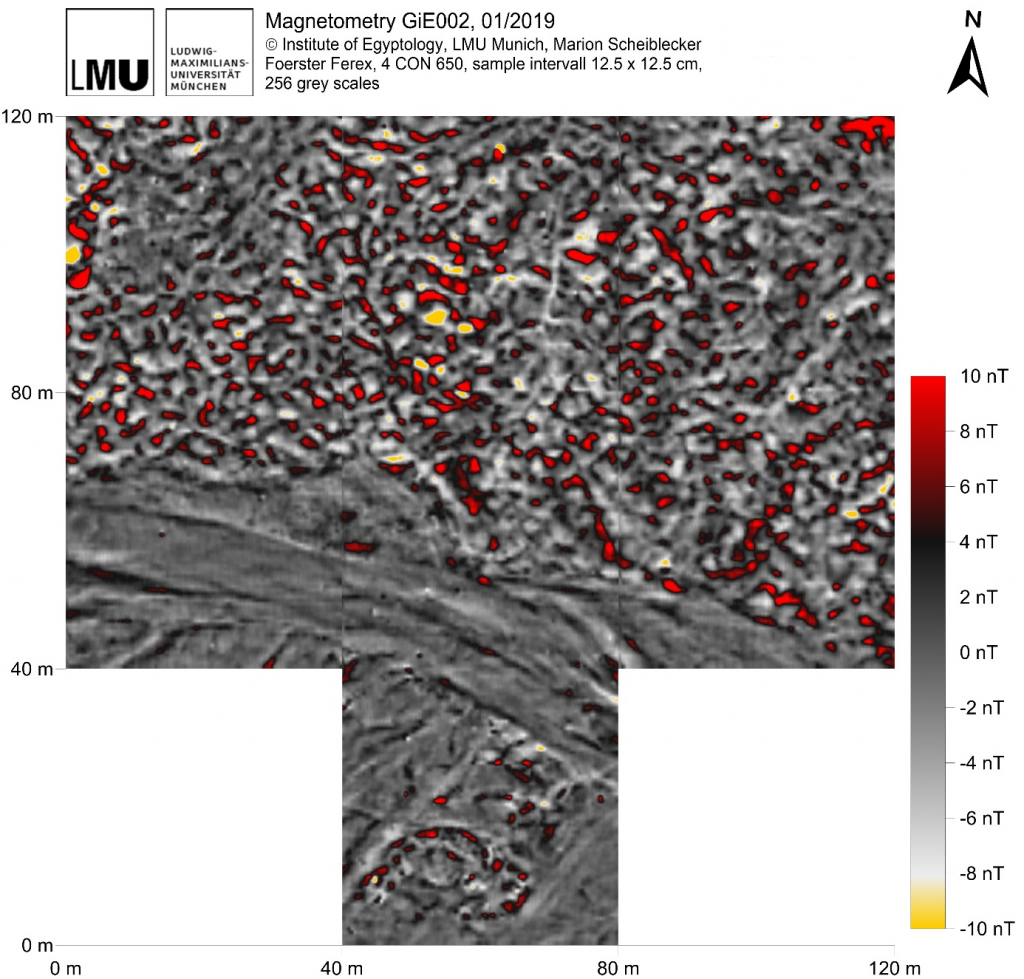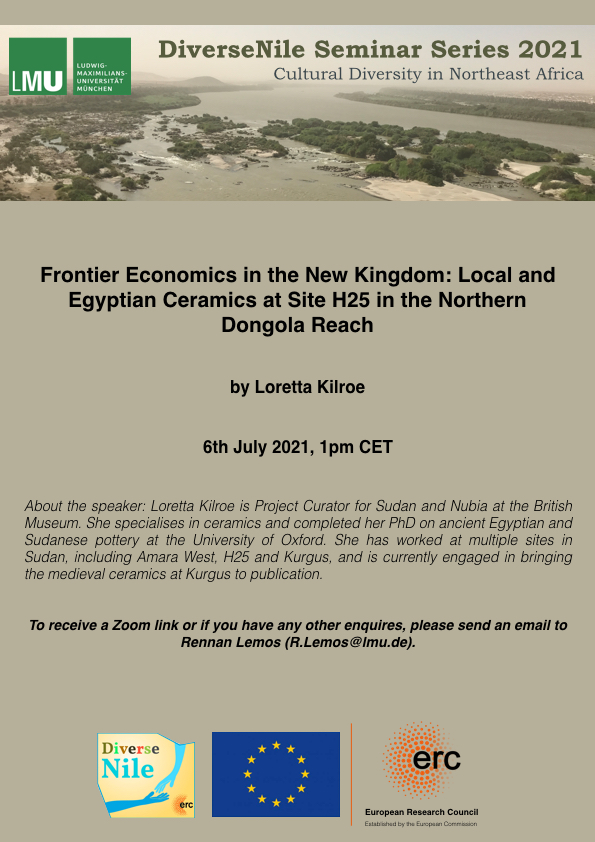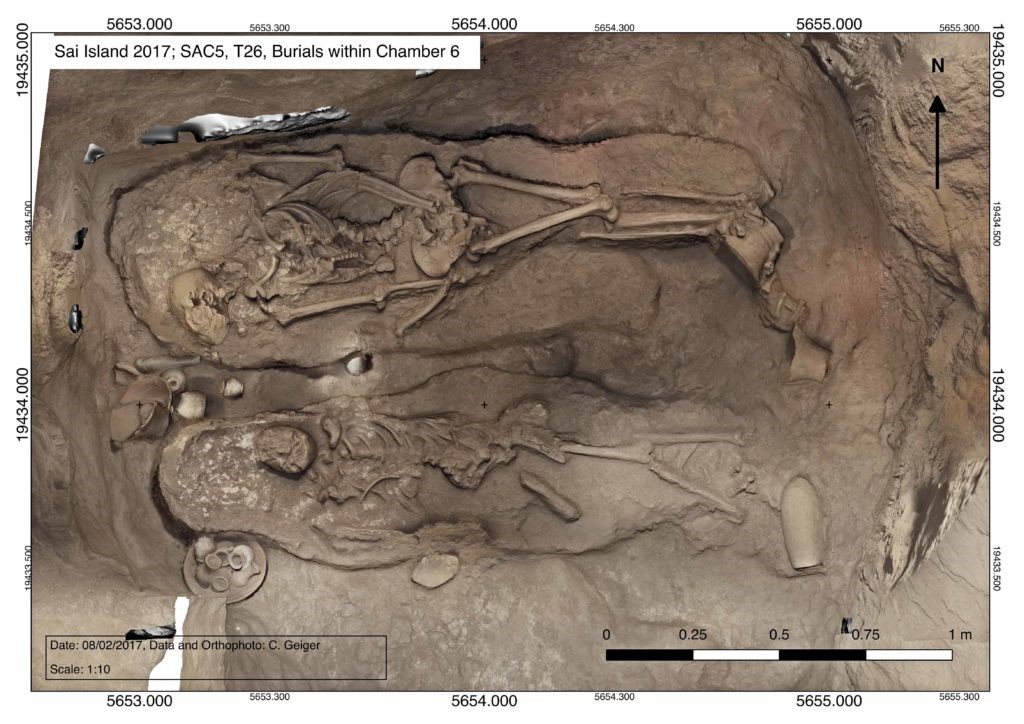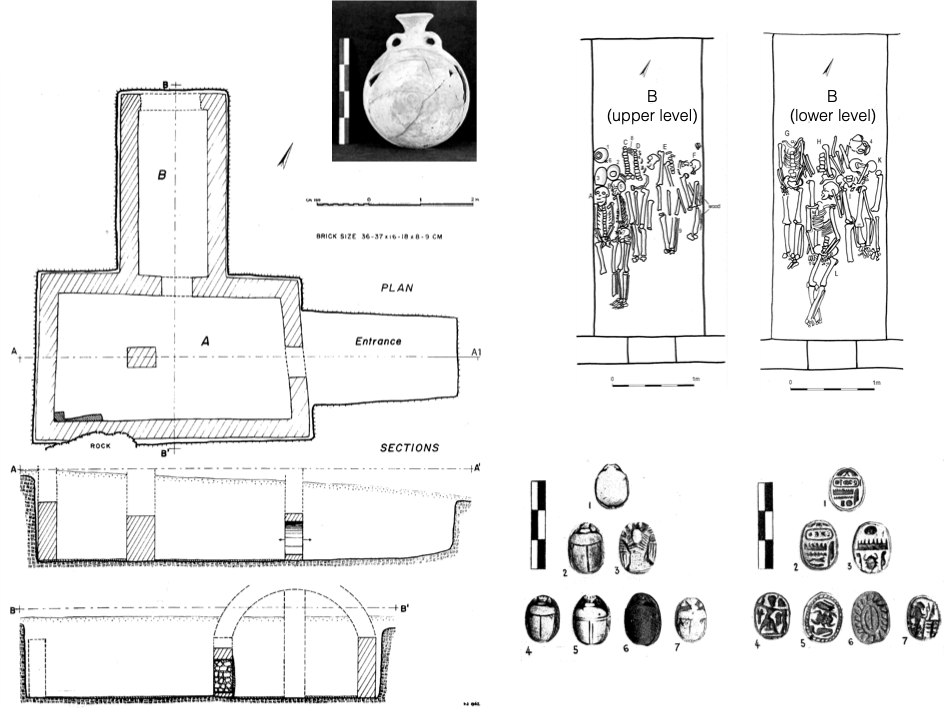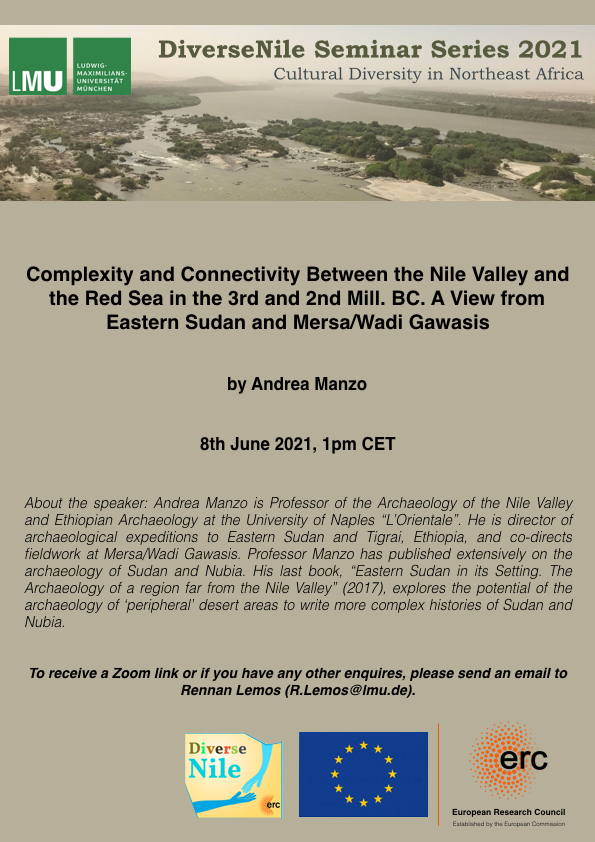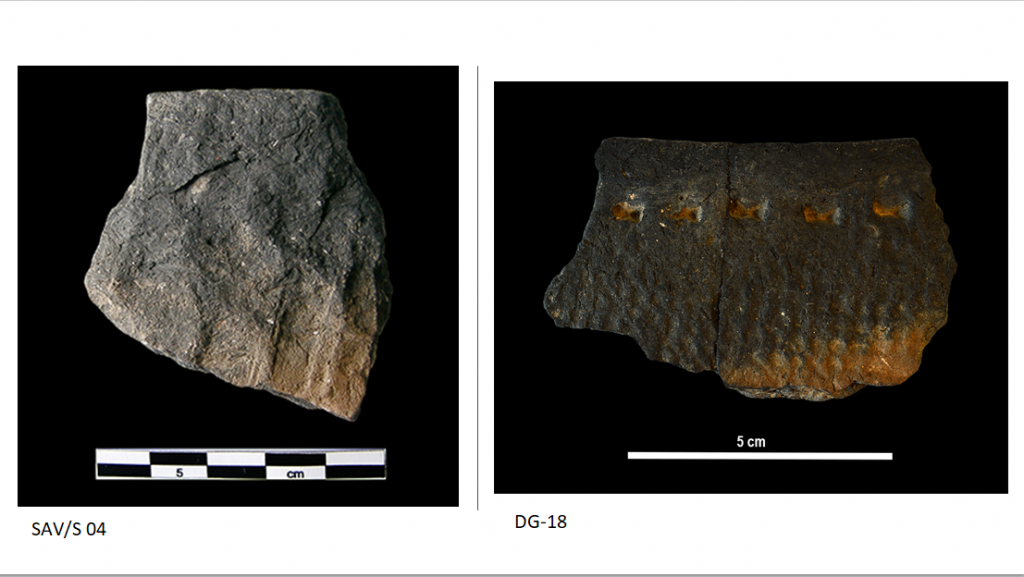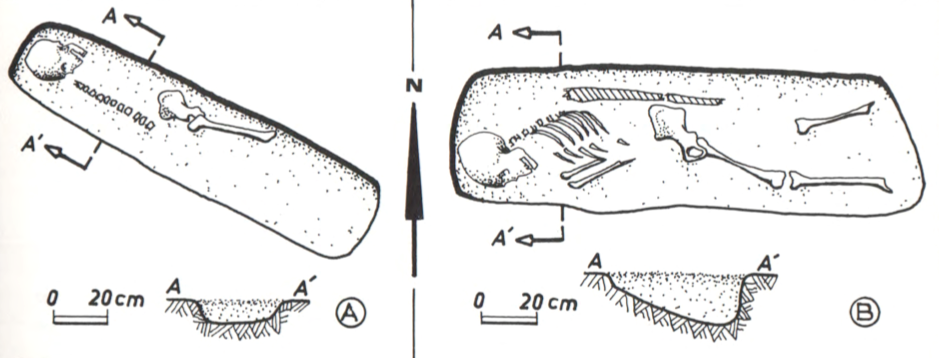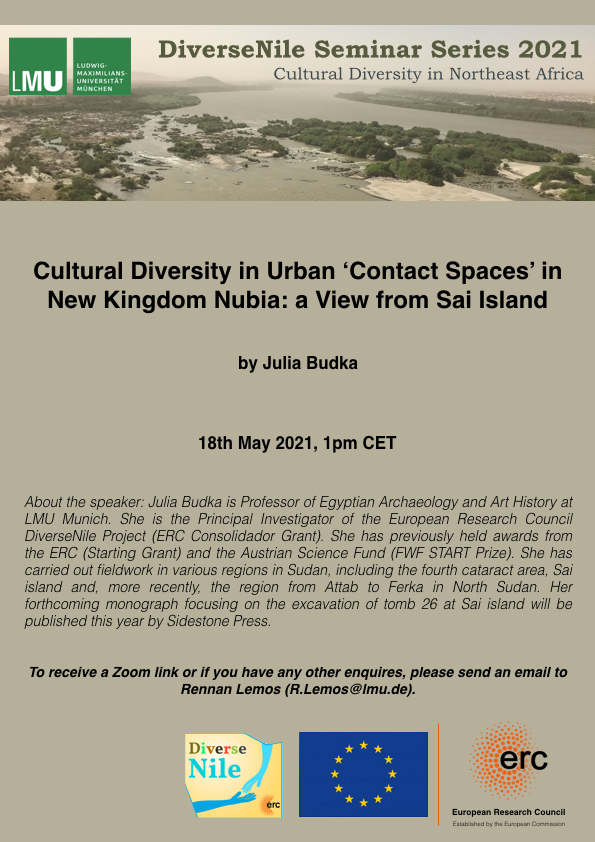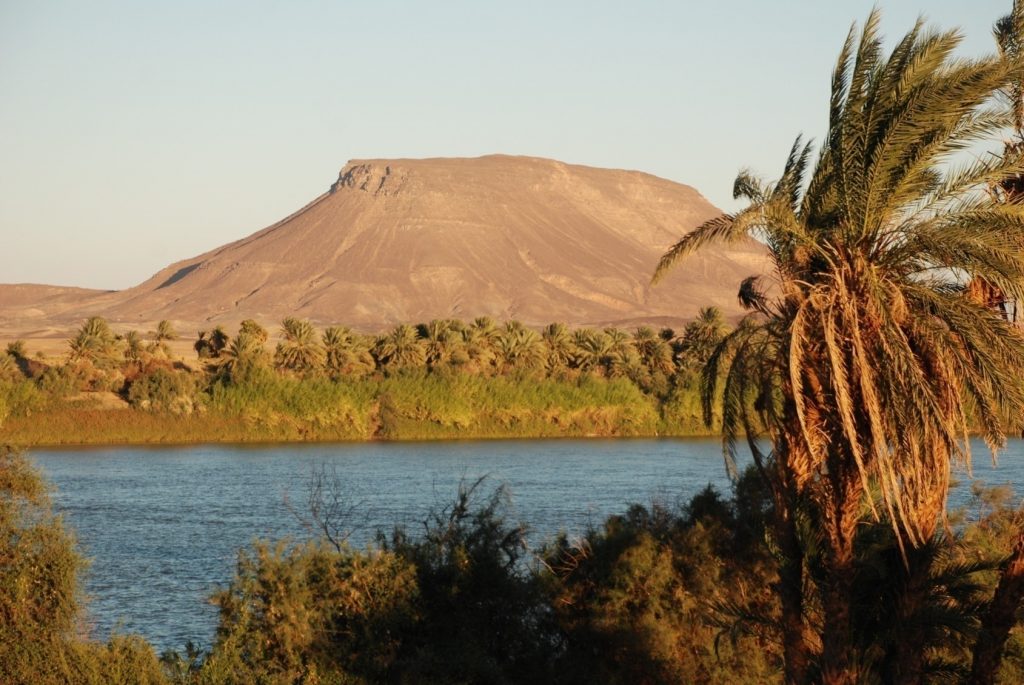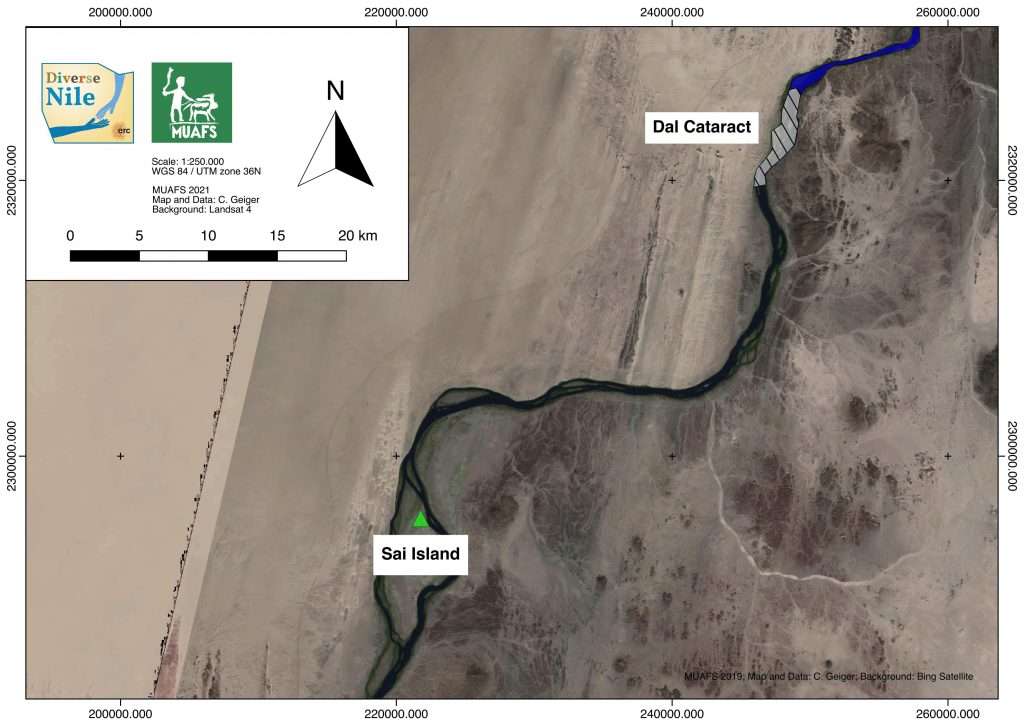I recently came across an academic article with the prominent use of the word “shit” in its title (Amicone et al. 2020) – the idea for a new blog post was born!
But why is poop of interest for us archaeologists? Well, I will try to outline some of the most important aspects associated with excrements of human and non-human origin in archaeology (without aiming for a concise or complete overview). To start with, let us remember that within the DiverseNile project we follow the concept of ‘Biography of the Landscape’ which I introduced for our case study of the MUAFS concession in the Middle Nile. This approach considers the individual life cycles of all cohabiting actors, in particular humans, fauna and flora, as well as human-made technologies – it goes without saying, that for understanding life cycles, also excrements need to be considered. And so here we are: let’s focus on shit.
Today, ancient human faeces (palaeofaeces) and coprolites (animal droppings, mostly fossilized) are recognised in archaeology as important evidence containing rich information about the diet and health of ancient people and animals. Chemical analysis, especially lipid analysis and ancient DNA, are conducted and the value for parasitological analyses is well understood. Fragile things like human faeces survive best in protected areas like caves and mines.
One of the most prominent archaeological sites which yielded a large number of excrements is the salt mine of Hallstatt in Austria. The well-preserved excrements in Hallstatt were already recognised as early as 1868. However, the early researchers obviously had problems to imagine that they were handling human faeces and attributed these excrements to ‘a large domestic animal’ of unclear species. It took decades until the correct human origin was identified and more time until detailed analyses are conducted and the human poop from Hallstatt was recognised as what it is: a real treasure in the mine, an incredible useful deposit full of information for us as archaeologists! Just like the poop found at other sites like Çatalhöyük in Turkey.
In ancient Egypt and Sudan, studies like this are still in its infancy. Human excrements rarely survive and until recently, dung in Egyptology was mostly associated with the dung beetle, the scarab and thus with symbolic and religious meanings. However, recent excavations both in Egypt and Sudan now focus on the multiple use of animal dung in antiquity. Goat droppings are common finds in settlement contexts indicating the stabling of animals (see, e.g., Sigl 2020) and they are also attested as fuel in households (e.g. Malleson 2020). The AcrossBorders project has contributed to the question of fuel as well. Considering that wood was, in general, rare along the Nile valley and therefore an expensive raw material, animal dung was tested in 2018 by means of a series of experiments for its suitability as a fuel for cooking in ancient Sudan (Budka et al. 2019).
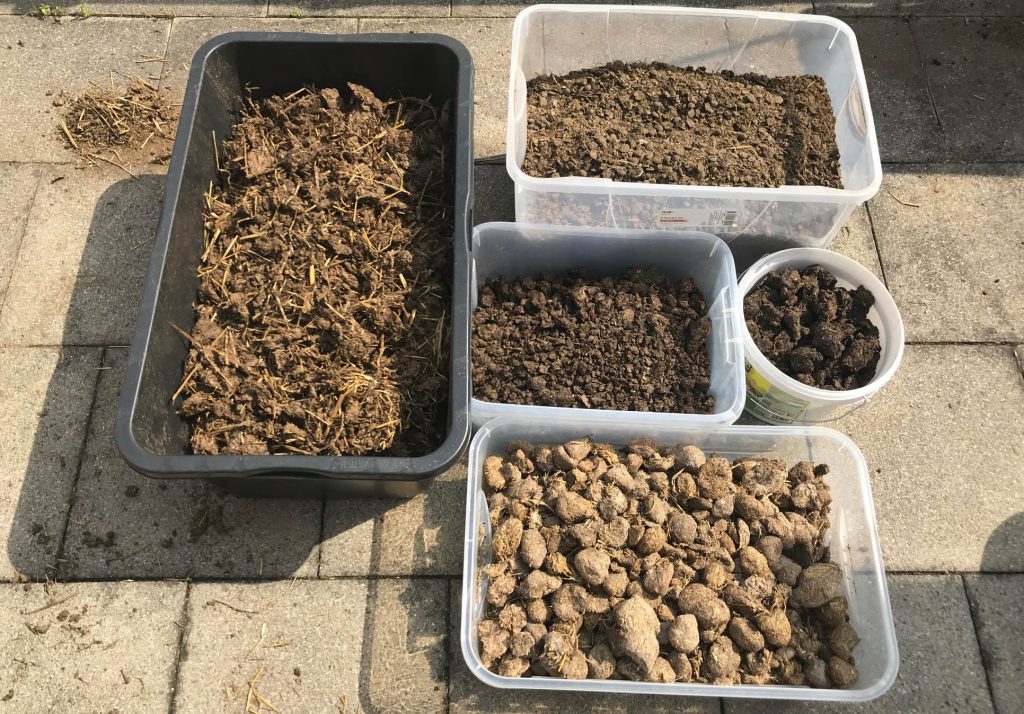
Different types of herbivore dung were tried using replicas of Egyptian and Nubian cooking pots from the Second Millennium BCE; we conducted our experiments again at Asparn/Zaya (see the recent blog post by Sawyer on this year’s results). The results suggest that especially donkey, sheep, goat and cattle dung provide beneficial conditions for keeping good and durable cooking temperatures while preventing fast cooling on small scale fireplaces. This seems to be especially beneficial for dishes containing legumes and cereals, which require long cooking times.
Animal dung was for sure used for multiple purposes. Recently, a group of researchers could show that the combined use of green wood (fresh acacia) and donkey dung as fuel for the Middle Kingdom smelting furnaces at Ayn Soukhna is likely (Verly et al. 2021). In similar lines, we successfully used goat and cow dung as fuel to fire ceramic vessels. In our experiments in Asparn 2021, we also used some fresh wood and straw to start the fire in the beginning. Thus, a dual use of some wood and animal dung seems very likely also for pottery kilns. Furthermore, with the cow dung we achieved temperatures of 1250°! Thus, we could have easily used our fire for smelting metal.
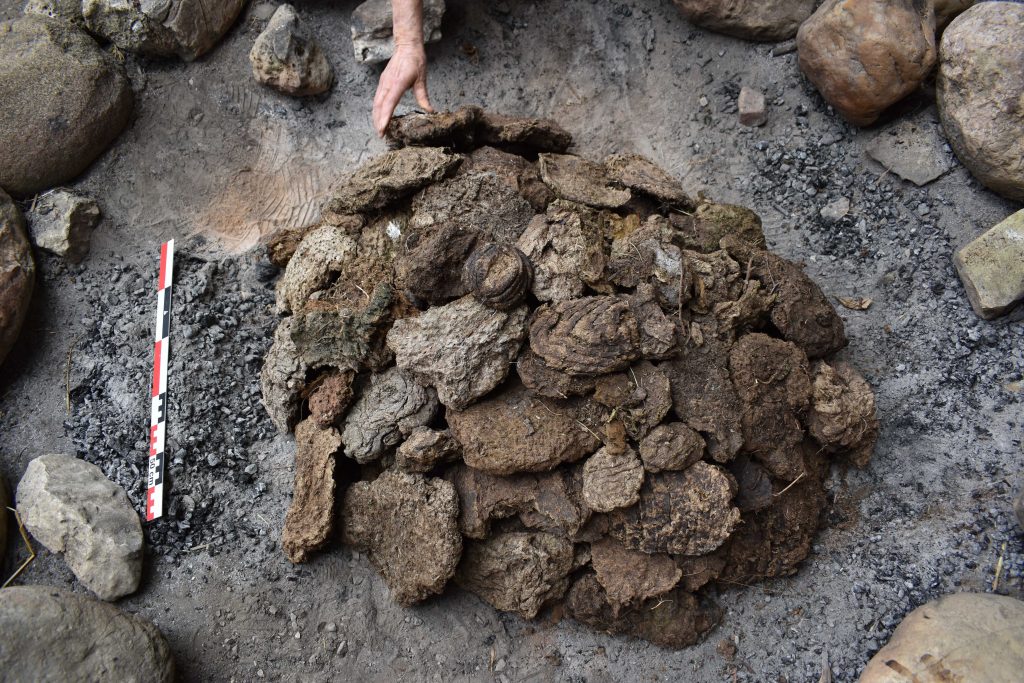

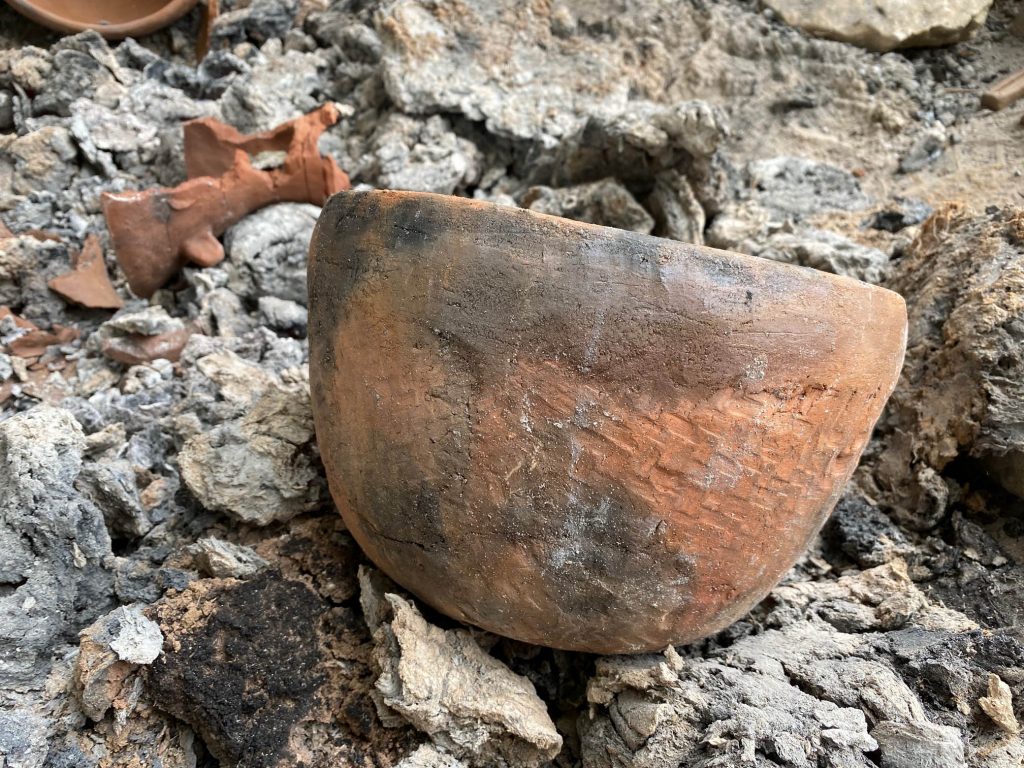
That the dung of the most common domestic animals in ancient Egypt and Sudan – donkey, goat and sheep as well as cattle – was used for several purposes comes as no surprise. We know that herbivore dung was also used since earliest times for tempering clay to produce ceramic vessels. Here, Giulia is currently investigating possible differences between hand-made Nubian wares and wheel-made Egyptian-style products. The petrography of some samples from Dukki Gel already revealed interesting details (for dung tempering of ceramics in general see also Amicone et al. 2020).
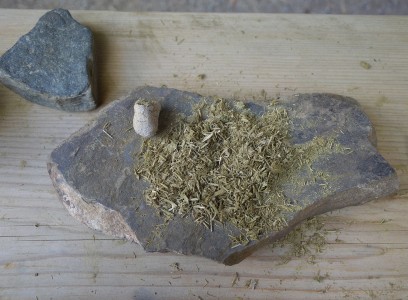
But what about other animals and their droppings? We tested horse dung several times in Asparn – it burns well, but very fast, produces high temperatures but makes a stable fire with a constant temperature almost impossible. Given the fact that horses were restricted to elite and military contexts in the New Kingdom, it is rather unlikely that horse dung was used a lot for domestic purposes and production processes in ancient Egypt and Sudan.
Pork was the most common source for meat in Egyptian settlements during the New Kingdom and we could trace a high number of pigs also in the New Kingdom town of Sai. Therefore, we tested pig dung as fuel in 2019 and the results were rather unsatisfying: the dung was not only much harder to inflame, but also much smellier. The low flammability of these excrements clearly reflects the diet of the animals which is markedly different to that of herbivores.
Finally, although the camel (camelus dromedarius) was only introduced as domestic animal in the Nile Valley during Ptolemaic times, we also examined the firing qualities of camel dung. The dung was kindly provided by a friend and colleague at LMU who knows the owner of camels in close vicinity to Munich.
Equipped with this exotic dung directly imported to Austria from Bavaria, we started our experiments in Asparn. The small and dense camel droppings did not yield convincing results (although they smoked a lot) and were less suited as fuel than cattle, donkey and goat dung.
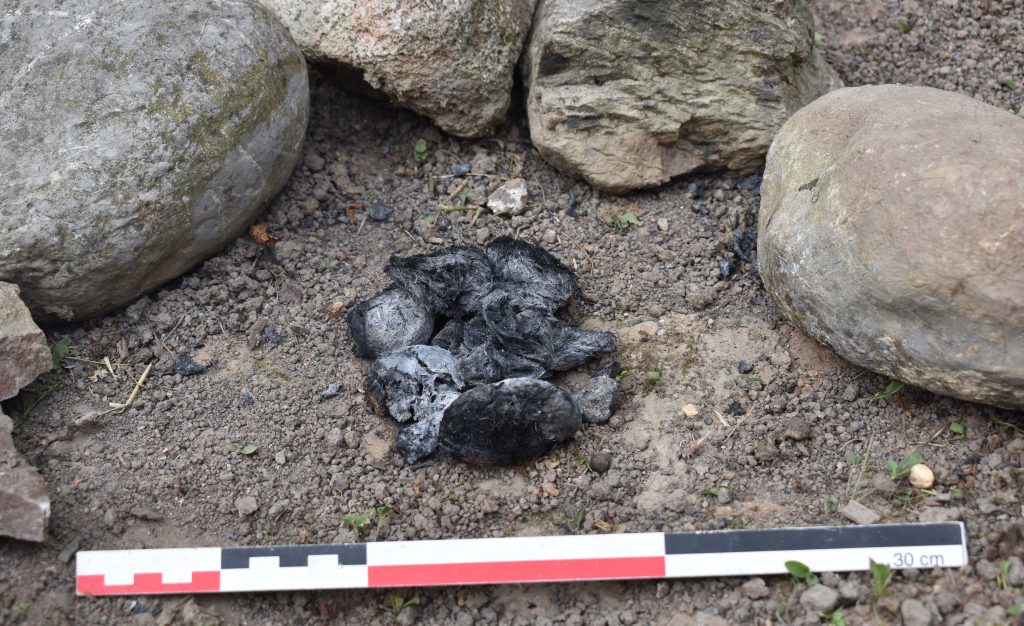
With this short account on some of the multiple kinds of usage of various animal dung in ancient Egypt and Sudan, I hope to have illustrated that considering excrements as integral part of material culture has much potential for an improved understanding of certain tasks and activities and primarily for questions of raw materials and resources which are still sometimes neglected in favour of the finished products.
References
Amicone, Silvia, Morandi, Lionello and Shira Gur-Arieh. 2020. ‘Seeing shit’: assessing the visibility of dung tempering in ancient pottery using an experimental approach, Environmental Archaeology, 1–16.
Budka, Julia, Geiger, Cajetan, Heindl, Patrizia, Hinterhuber, Veronica and Hans Reschreiter. 2019. The question of fuel for cooking in ancient Egypt and Sudan. EXARC Journal 2019.
Malleson, Claire. 2020. Chaff, dung, and wood: fuel use at Tell el-Retaba. Archaeobotanical investigations in the Third Intermediate Period settlement, Area 9 excavations 2015-2019, Ägypten und Levante 30, 179–202.
Sigl, Johanna. 2020. Elephantine, Ägypten: Neues zu Lebenswirklichkeiten (Projekt „Realities of Life“) im späten Mittleren Reich am ersten Nilkatarakt. Weitere Forschungsergebnisse der Jahre 2019 und 2020, e-Forschungsberichte des Deutschen Archäologischen Instituts 2020 (3), 1–8.
Verly, Georges, Frederik W. Rademakers, Claire Somaglino, Pierre Tallet, Luc Delvaux, and Patrick Degryse. 2021. The chaîne opératoire of Middle Kingdom smelting batteries and the problem of fuel: excavation, experimental and analytical studies on ancient Egyptian metallurgy, Journal of Archaeological Science: Reports 37 (article no. 102708) DOI: 10.1016/j.jasrep.2020.102708

